,wBGk%7E%24%28KGrHgoOKjsEjlLmVqugBJz4Rv%29%2B3w%7E%7E_3.JPG)
Via Anonymous Works.

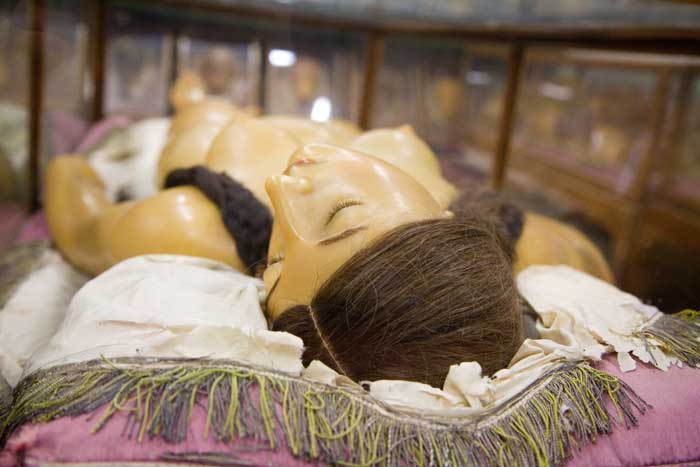
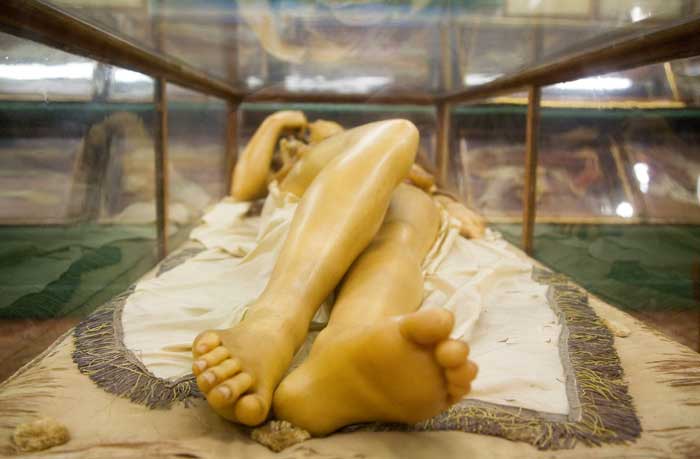
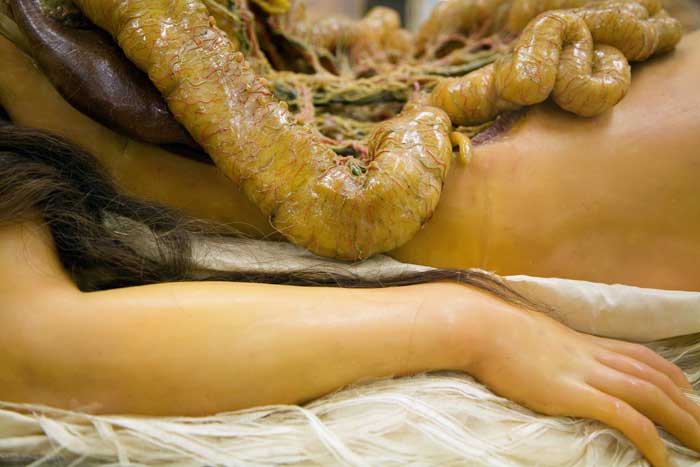
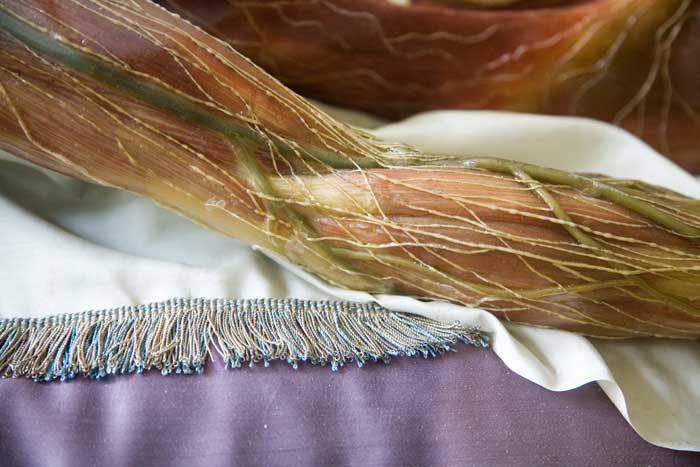
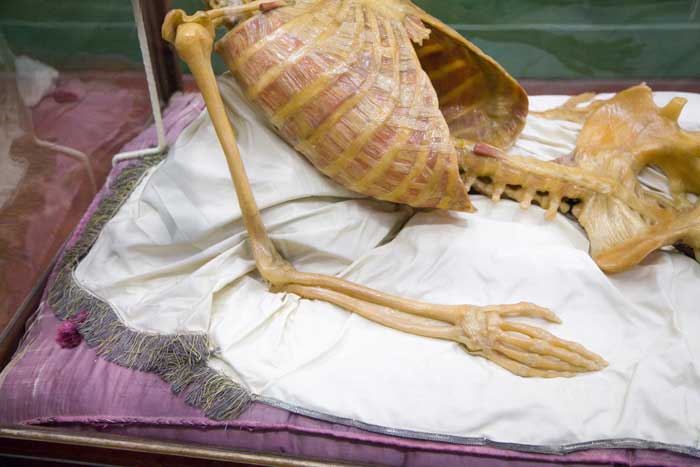

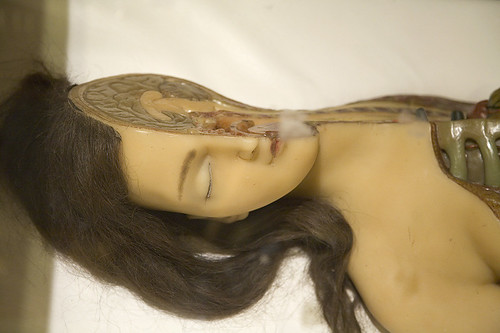

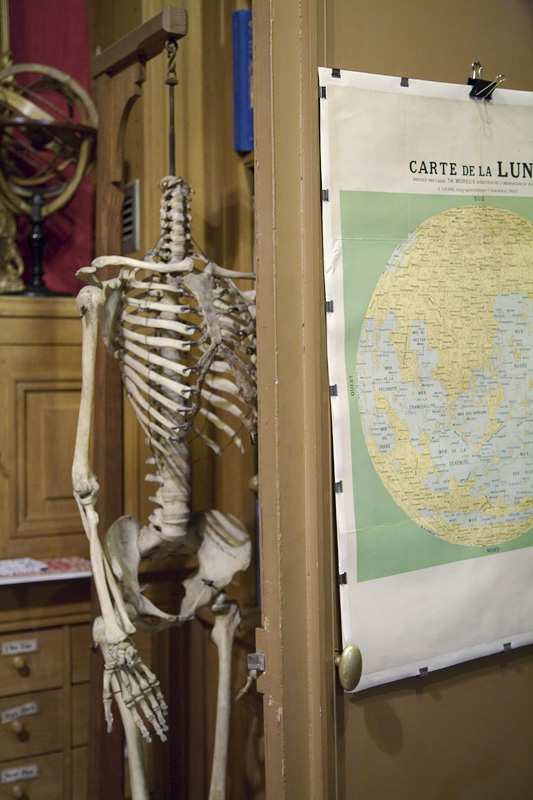



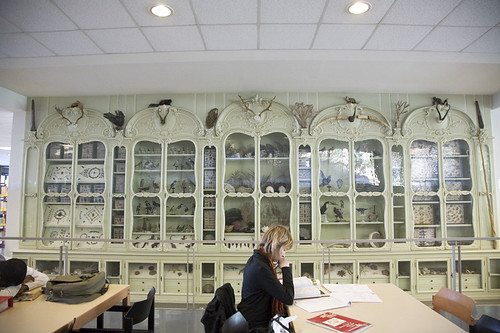


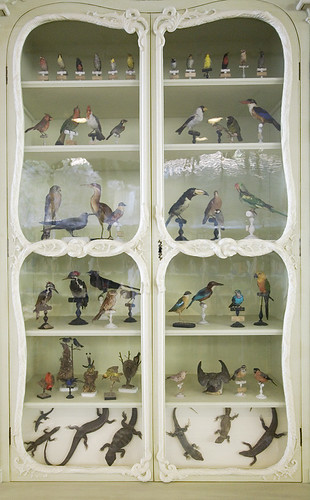
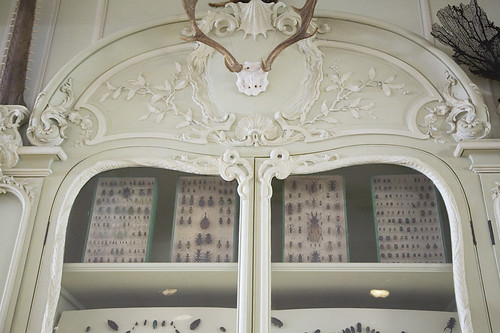

Hidden away in the endless folds of Paris’s Jardin des Plantes, the Cabinet Bonnier de la Mosson stands as a unique manifestation of the intersection between aesthetics and science. Dating back to 1735, this luxurious cabinet, amassed and exhibited thanks to a family fortune based on the procurement of regional taxes, has the rare quality of combining the atmospheric mise-en-scène of the preceding Wunderkammern with the organizational intent of the later cabinets, producing an original blend of system and fantasy. Considered by many the richest and most imaginative French cabinet of the early eighteenth century, this curiosity cabinet was housed in the hôtel particulier, as the city residences of aristocrats and royalty were known, of Joseph Bonnier de la Mosson (1702-1744), located in the now extinct rue des Dominiques...Olalquiaga's is the only in-depth piece in English I have found on the collection, and I am still unsure if this cabinet I photographed in the bibliotèque is recreation, fragment, or a curator's fantasy of what the original might have looked like. If any of you French-enabled folk out there could translate the explanatory label for me (click here), I would be most appreciative, and will post an addendum to this post with the new information.
The caption seems to imply the original cabinet was dismantled in 1935, then restored and 'definitively' reinstalled in the library in 1979. One presumes it was preserved relatively intact in the intervening decades. the cases seem to be original, so perhaps the object placement isn't that far off. I wish I had known this was there when I at the Jardin des Plantes last year.Thanks, James!
Bonnier de la Maison CabinetThanks, everyone, for their help!
These wooden cases were acquired by Buffon in 1744 when they were auctioned off following the death of Bonnier de la Maison, an extremely knowledgeable amateur scientist and connoisseur of art.
They were installed in the King's Garden Room.
Inside these five units made from Dutch wood decorated with serpents a collection of preserved ["dried"] animals.
Disassembled in 1935, they were installed permanently in the museum's central library in 1979.
They are considered an "Historic Monument."

Most of the medical history objects crammed into Blythe House’s cupboards and jostling for space on its shelves come from the collection of the pharmacist and philanthropist Henry Wellcome (1853-1936), and the air of barely contained chaos seems somehow to bear the echo of his exuberant, omnivorous delight in things. In the surgery room, lines of near-identical scalpels and tonsil guillotines are marshalled in drawerfuls of menace; nestling nearby are materials and skull fragments used in experiments by an English doctor interested in Neolithic trepenation; German WWI cotton wool is bundled in corners; surgeons’ ornate walking sticks hang over high shelves, lasting testimony to the status anxiety of their owners. Locked up in the drugs room are the antidote cases and medicine chests sent by the publicity-savvy and lionizing Wellcome on famous adventurers’ expeditions to Everest or Brazil or the Antarctic, and thousands of jars of exotically strange natural medicines collected from around the world and inscribed with apothecary-evoking legends like ‘East Indian Blistering Fly’ or ‘Dragon’s Blood’. The room of x-ray machines crosses an eccentric inventor’s workshop with a torture chamber, and contains oddities like the Pedoscope, left-over from the days when irradiation seemed a fun way to fit shoes, and early MRI brain scan equipment disguised as Jedi helmets so as not to scare the children...

In a recent issue of the New York Review of Books, I came across this quote from Guy de Maupassant:So! If anyone out there knows of any such quotations, please email them to me at morbidanatomy@gmail.com or enter them as comments on this post. I promise to collect and post the best of the lot!
" ...when you listen to people talking... It seems to me that I'm looking into their ghastly souls and discovering a monstrous fetus preserved in alcohol."
--Afloat (Sur l'eau) (1888)
Which got me thinking: Morbid A concentrates on visual evidence, but it's also good to collect literary and other historical references to anatomical specimens and dissections (which are evidence of how things morbid and anatomical were received and conceived and used). So here's a standing project for Morbid A subscribers and lurkers: If anyone out there has a quote relating to things anatomical, whether it's an anatomical image, metaphor or detailed description of an anatomical object or activity, send it on in to Morbid A (with as much citational information as you can stand to provide), for distribution to the morbid anatomical masses.
Anatomically and morbidly best, Mike

Morbid Anatomy presents at Observatory:
"Italian Wax Anatomical Models in European Collections"
Marie Dauenheimer, Trustee of the Vesalius Trust and Medical Illustrator
Friday, April 3rd
Doors open at 7:00; Presentation at 7:30 PM
This illustrated presentation will examine the art and history of the wax anatomical models of the “Museo Zoologico La Specola” in Florence, Italy. Over 2,000 wax models of human anatomy were created by the museum's “Wax Modeling Workshop” from the mid 18th to early 19th century, and the products of their labor--best known to modern audiences through Tachen's Encyclopaedia Anatomica--are considered by many to be the finest anatomical waxworks in the world.
This presentation will address how and why these anatomical masterpieces were created, the artists and anatomists who created them, and the place of these collections in the history of anatomical art. The wax anatomical models of Bologna, which pre-date those of “La Specola,” will also discussed.
Marie Dauenheimer is a board-certified Medical Illustrator living in the Washington D.C. area. She is also a trustee on the board of the Vesalius Trust, a non-profit organization which works to support education and research in medical illustration and related visual communication professions. Marie leads the Vesalius Trust Art and Anatomy tours, which are educational tours of important anatomical museums throughout the world. This year's tour--from October 27 to November 8th--will feature museums in Florence (including "La Specola"), Bologna, Venice, and Padua; for more information about this tour, click here. You can see some of Marie's work by clicking here.
Practical Details
"Italian Wax Anatomical Models in European Collections"
Marie Dauenheimer, Trustee of the Vesalius Trust and Medical Illustrator
Friday, April 3rd
Doors open at 7:00; Presentation at 7:30 PM
Admission: Free
Location: Observatory
543 Union Street (at Nevins) Brooklyn, New York 11215
Entry via Proteus Gowanus Interdisciplinary Gallery and Reading Room; go through back door of gallery, then take a left to find event. Directions here or call 718.243.1572.

Morbid Anatomy Presents at ObservatoryFeel free to email me at morbidanatomy@gmail.com with any questions.
"Reveries of Sleeping Beauty: Slumber and Death in Anatomical Museums, Fairground Shows, and Art "
Kathryn A. Hoffmann, University of Hawaii at Manoa
Tuesday March, 24th at 7:30 PM (Door open at 7:00)
Free of Charge
This illustrated talk will follow the paths of sleeping beauties: lovely young women who lie on silk sheeted beds in glass cases in anatomical museums and fairground shows, who recline on sofas in Belgian train stations, and sometimes in the middle of streets. Often the women were nude. Sometimes they were adorned with a piece of jewelry or a bow, and sometimes they wore white dresses. One breathed gently in a glass case on a fairground verandah for nearly a century. Others lay quietly in caskets under flowers. Some were wax, some were real, some were dead, and some merely pretended to be dead. Sometimes, in the imagination of artists like the surrealist Paul Delvaux, they got up and walked about; pretty somnambulists wandering through natural history museums, arcades and streets, through modern cities and ancient Alexandria, Ephesus, and Rhodes.
Using photographs, posters, advertisements, and paintings, the talk will follow models known as “Anatomical Venuses” through one of the great wax anatomical museums of the world (La Specola in Florence) and an extraordinarily long-lived popular museum that traveled the fairground routes of Europe in the nineteenth and twentieth centuries (Pierre Spitzner’s Great Anatomical and Ethnological Museum). It will take side trips into some of the visual worlds the Venuses drew from or helped inspire, including fairground sleeping beauty acts, morgue shows, mortuary photography, reliquary displays, and art. In the paths of the sleeping beauties, it is clear that death and slumber, pedagogy and entertainment, science and reverie long shared strange borders.
Kathryn A. Hoffmann is the author of books and numerous articles on the body, including “Sleeping Beauties in the Fairground.” She is Professor at the University of Hawaii at Manoa, where she teaches courses on anomalous bodies and the histories of medicine and the fairground. She has received awards for her writing, and lectures frequently for associations, libraries, and museums in the fields of the history of medicine, literature, and art.
Practical Details
"Reveries of Sleeping Beauty: Slumber and Death in Anatomical Museums, Fairground Shows, and Art "
Kathryn A. Hoffmann, University of Hawaii at Manoa
Tuesday March, 24th at 7:30 PM (Door open at 7:00)
Admission: Free
Observatory, 543 Union Street (at Nevins) Brooklyn, New York 11215
Entry via Proteus Gowanus Interdisciplinary Gallery and Reading Room; go through back door of gallery, then take a left to find event. Directions here or call 718.243.1572.



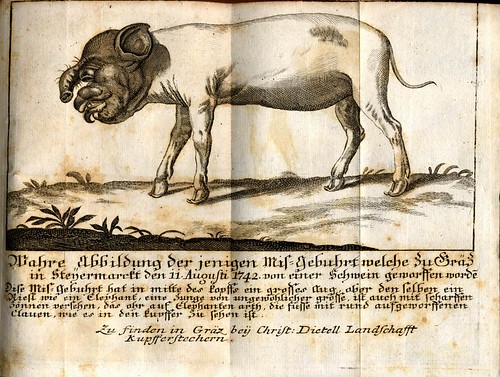
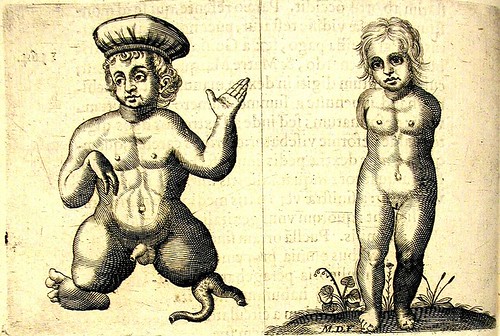


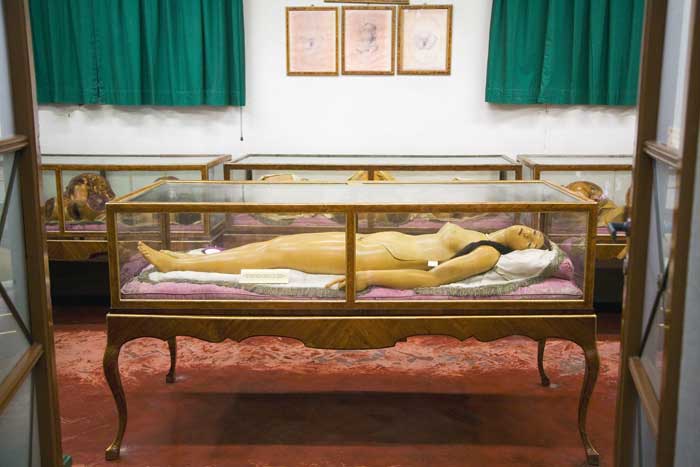
Morbid Anatomy Presents at ObservatoryFeel free to email me at morbidanatomy@gmail.com with any questions. Note: I have seen Hoffman speak on this topic, and I can assure you--this is a lecture not to be missed!
"Reveries of Sleeping Beauty: Slumber and Death in Anatomical Museums, Fairground Shows, and Art "
Kathryn A. Hoffmann, University of Hawaii at Manoa
Tuesday March, 24th at 7:30 PM (Door open at 7:00)
Free of Charge
This illustrated talk will follow the paths of sleeping beauties: lovely young women who lie on silk sheeted beds in glass cases in anatomical museums and fairground shows, who recline on sofas in Belgian train stations, and sometimes in the middle of streets. Often the women were nude. Sometimes they were adorned with a piece of jewelry or a bow, and sometimes they wore white dresses. One breathed gently in a glass case on a fairground verandah for nearly a century. Others lay quietly in caskets under flowers. Some were wax, some were real, some were dead, and some merely pretended to be dead. Sometimes, in the imagination of artists like the surrealist Paul Delvaux, they got up and walked about; pretty somnambulists wandering through natural history museums, arcades and streets, through modern cities and ancient Alexandria, Ephesus, and Rhodes.
Using photographs, posters, advertisements, and paintings, the talk will follow models known as “Anatomical Venuses” through one of the great wax anatomical museums of the world (La Specola in Florence) and an extraordinarily long-lived popular museum that traveled the fairground routes of Europe in the nineteenth and twentieth centuries (Pierre Spitzner’s Great Anatomical and Ethnological Museum). It will take side trips into some of the visual worlds the Venuses drew from or helped inspire, including fairground sleeping beauty acts, morgue shows, mortuary photography, reliquary displays, and art. In the paths of the sleeping beauties, it is clear that death and slumber, pedagogy and entertainment, science and reverie long shared strange borders.
Kathryn A. Hoffmann is the author of books and numerous articles on the body, including “Sleeping Beauties in the Fairground.” She is Professor at the University of Hawaii at Manoa, where she teaches courses on anomalous bodies and the histories of medicine and the fairground. She has received awards for her writing, and lectures frequently for associations, libraries, and museums in the fields of the history of medicine, literature, and art.
Practical Details
"Reveries of Sleeping Beauty: Slumber and Death in Anatomical Museums, Fairground Shows, and Art "
Kathryn A. Hoffmann, University of Hawaii at Manoa
Tuesday March, 24th at 7:30 PM (Door open at 7:00)
Admission: Free
Observatory, 543 Union Street (at Nevins) Brooklyn, New York 11215
Entry via Proteus Gowanus Interdisciplinary Gallery and Reading Room; go through back door of gallery, then take a left to find event. Directions here or call 718.243.1572.
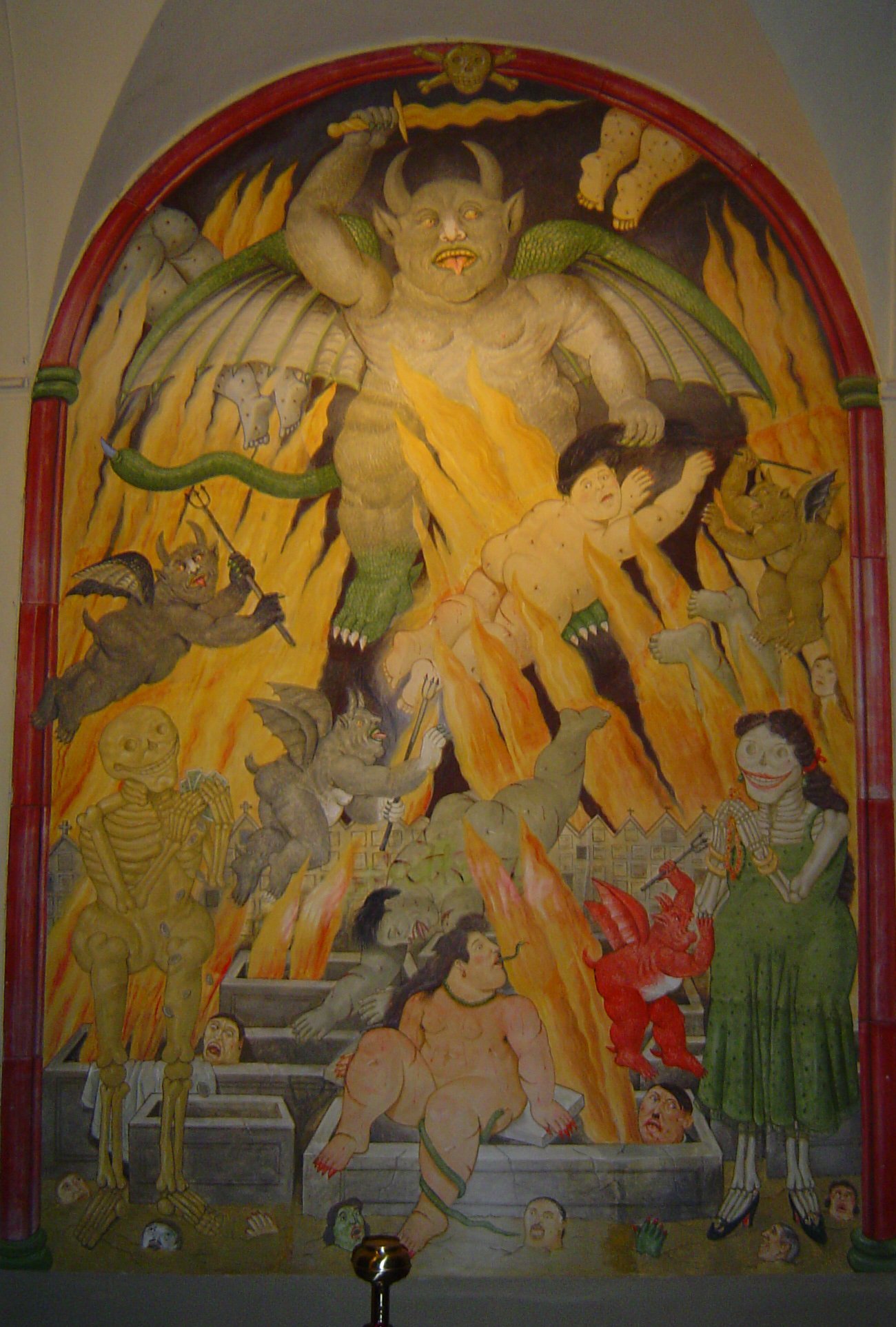

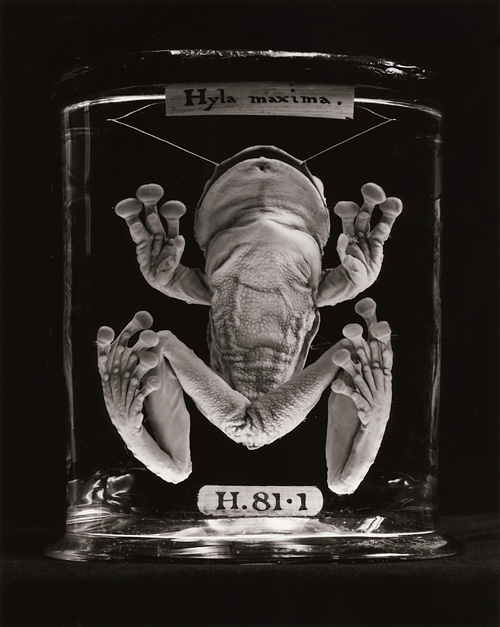



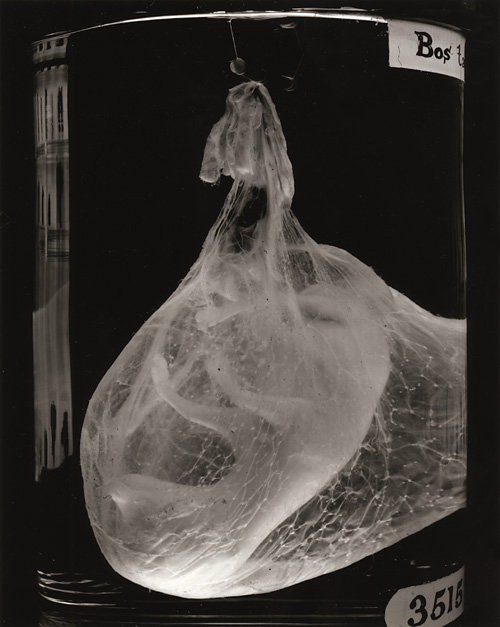
MYSTERIES OF GENERATIONI have posted more of her images of the collection above; you can see more by on her website by clicking here. Also, you can view and learn about all 3,600 specimens in the Hunterian Collection (thanks, Simon! This was a resource I did not know about!) by clicking here.
Preserver (french) - to keep safe, to keep in existence
The images were taken over the course of three years at the Royal College of Surgeons, London. They are of 200 year old animal specimens which were preserved by pioneer anatomist John Hunter (1728 - 1793).
“For me, photography has become an ‘act of preservation’ and objects I focus on become the locators or igniters of memory. The traces and remnants we find in any landscape can spark recognition. They can even invoke a presence.”



Once in Alfort, we headed toward a complex of charmingly shabby neoclassical buildings and stables, complete with bored-looking horses lounging in a round courtyard, and climbed some ancient stairs to take in works by Fragonard. No, not Jean-Honoré Fragonard, the great painter of ancien-regime bliss. Antoine had led me to Alfort's 250-year-old National Veterinary School (second oldest in the world) to take in the handiwork of that painter's cousin, plain old Honoré Fragonard, the school's founding director and a pioneer in the "art" of the flayed body.
Fragonard's skinned and preserved humans, with veins and nerves picked out in different colors, were on display in the newly renovated rooms of the school's tiny museum, alongside giant bovine tumors and cases full of diseased horses' hoofs. With the exception of the museum's vintage architecture and casework, now polished to a shine, none of this was what you'd call elegant. But that was just the point of the visit: to get a taste of French culture that Americans don't get at the Phillips Collection or the Barnes. This Fragonard's skill fits into a tradition of rational investigation that has deep roots in France (Pasteur, anyone? Marie Curie?) but that our romantic image of Seine-side lovers tends to slight...
And all this 200 years before Gunther von Hagens (though the careful eye might spot just a few similarities...)! Truly, the more things change, the more they say the same.






